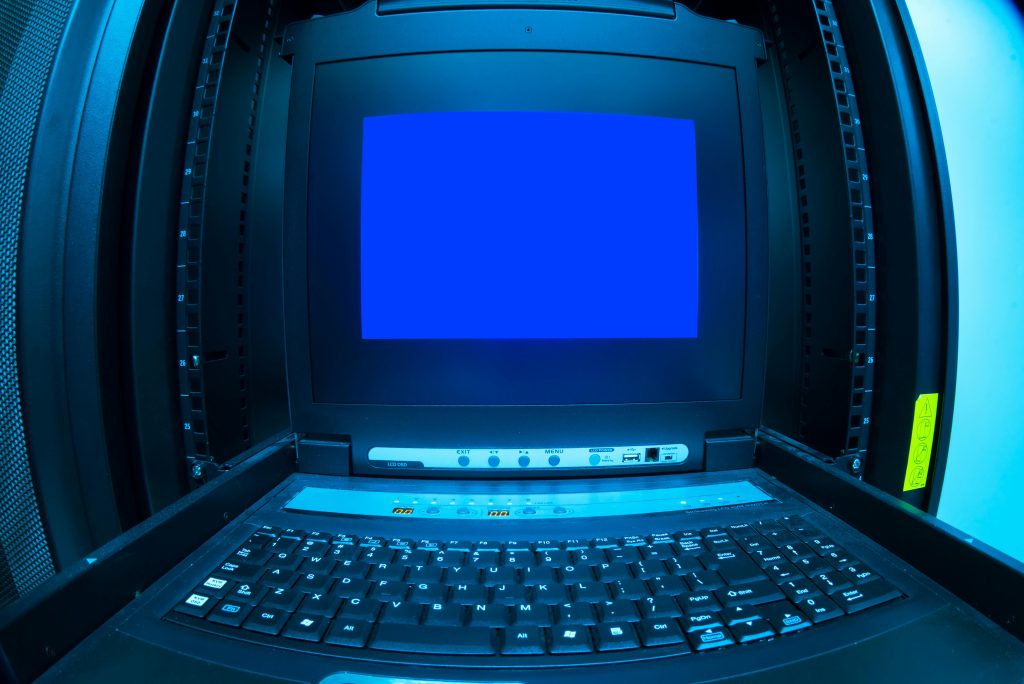Is It Safe to Delete That Mysterious 250GB File? An In-Depth Guide
In the age of digital information, the questions surrounding file management are as relevant as ever. With constantly evolving technology, we often find ourselves juggling numerous files and applications across various devices. As hard drives fill up and storage space becomes a premium commodity, many users are faced with the question: “Is it safe to delete this file?” If you’ve ever come across a large, seemingly mysterious file taking up precious space on your computer—such as a 250GB enigma labeled, perhaps, as “new folder”—you are far from alone. This blog post will delve into the nuances of this conundrum, exploring potential causes, guiding you through decision-making, and ultimately helping ensure that your digital housekeeping is both safe and efficient.
Understanding the Mystery File
Let’s first dissect the scenario at hand: a 250GB file or folder named “new folder” that appears unfamiliar, sits heavily on your hard disk, and seems fraught with uncertainty. This situation begs several questions. What is this file? Could it be part of a game or software package? Why is it occupying such an exorbitant amount of space? Importantly, is it safe to delete it?
The Nature of Large Files
One reason for unusually large files can be attributes of modern software. Video games, for instance, particularly the high-definition, open-world explorations popular in today’s market, routinely require significant amounts of data storage. While old classics might have been delivered via floppy disks, modern games often exceed 100GB, with increasing frequency. However, 250GB is an anomaly, suggesting that this file could be a behemoth outside even these generous expectations.
The other possibility is that your hard drive is temporarily storing installation files or staging data from an incomplete or corrupted download or update. This could pertain to operating system updates, large application installations, or even a personal mishap where large files were accidentally duplicated.
Preliminary Investigation
Before rushing to the delete button, it’s critical to conduct a preliminary investigation into what this file might be. Here’s a comprehensive guide on how to approach this:
1. Check the File Extension
The first step is to examine your system for file extensions. File extensions provide quick insights into file types. However, they may be hidden based on your operating system’s settings. For Windows users, you can enable file extensions by navigating to File Explorer. Click on the ‘View’ tab and check the box marked ‘File name extensions.’ This will append file extensions to your files, offering clues to their nature.
2. Inspect File Properties
A right-click on the file in question will allow you to explore ‘Properties.’ This small but mighty window provides vital insights such as the file’s creation and modification dates and the full path directory. Tracing this path can lead you to understand its origin or the software associated with it.
3. Utilize Disk Clean-Up Tools
Before manually deleting, utilize built-in tools such as Windows’ Disk Cleanup or third-party applications designed for comprehensive analysis of storage use. These tools often provide insightful information regarding space utilization and highlight redundant or temporary files that are safe to remove.
Recognizing Safe Files to Delete
It’s critical to recognize which files and folders are safe to delete. Here are some general guidelines:
1. Temporary Files
Operating systems and various applications generate temporary files over time. These files usually have a .tmp extension and can safely be removed without impacting existing installations or system performance.
2. Backup and Duplicate Files
If the file appears to be a backup or duplicate, deliberate on its significance. Redundancies are often flagged by disk cleanup utilities, and removing them can free up substantial space.
3. Residual Installation Files
If large applications or updates were recently installed, residual temporary files might linger in your system’s installation directories. They now serve no purpose and can be deleted.
Proceeding with Caution
Having gathered sufficient evidence and before deciding to delete the file, heed the following precautions:
1. Backup Critical Data
Before making any modifications, backup essential files. Cloud storage services or external hard drives are viable options to maintain data integrity.
2. Check Software Integrity
If the file is indeed linked to software—such as a Steam-related game—verifying software integrity within its native platform can ensure that nothing breaks as a consequence. For instance, on Steam, you can validate your game files through the platform’s settings.
3. System Restore Points
Setting a system restore point allows you to step back to a previous state in case an unintended effect results from the file deletion.
4. Seek Expert Opinion
When in doubt, take advantage of online platforms and communities. Reddit, StackExchange, or dedicated tech forums harbor seasoned users and professionals who can shed light on your dilemma.
Additional Insights and Real-World Examples
Case Study: The Misunderstood Game File
Let’s explore a real-world example. A user encountered a similar situation, uncovering a bloated “new folder” taking up nearly 300GB of space. Upon further inspection, the file was deemed a cache-holding directory for a popular online multiplayer game. Temporary and redundant, it could be safely purged without affecting gameplay, thereby reclaiming much-needed space.
The Rise of Digital Clutter
Digital clutter is a rapidly growing issue. With an ever-increasing array of internet-connected devices, information and media consumption have exploded. To combat digital clutter, maintaining a regular schedule for file audits is advisable—inventorying directories, reassessing software needs, and employing storage management software can curtail digital overload.
Embracing Automation and Cloud Storage
Taking advantage of cloud storage solutions and automated backup systems can save space and ensure the longevity of your digital assets. Services like Google Drive, Dropbox, and OneDrive provide scalable storage capabilities, allowing files to reside remotely while maintaining rapid accessibility.
Conclusion
Navigating the digital landscape can seem overwhelming, but informed decisions about file management can promote system efficiency and resilient data practices. You may face the enigma of a mysterious 250GB file, like many others. Still, equipped with the right knowledge and tools, you can handle the situation confidently, ensuring your device remains clean, optimized, and ready to handle the next wave of digital demands.
Share this content:




Response to the 250GB File Concern
Hi there,
I completely understand your concern regarding the massive 250GB file. It’s always unnerving to have such a large amount of space occupied by something that seems unnecessary. Based on the information you’ve provided, I’d like to offer some additional insights and steps you can take to address this issue.
Identifying the File’s Nature
First, it would be prudent to find out the file type and its location. The method you’ve mentioned about checking the file extension is spot-on; it can provide a quick clue about its purpose. If it has common file types (like .tmp or those associated with software installations), there’s a good chance it may be safe to delete.
Analyzing Storage Space
When using disk cleanup tools, consider applications like WinDirStat or TreeSize to visualize which files are taking up the most space. These tools provide a graphical representation, making it easier to spot any anomalies.
Backup and Caution
As you’ve mentioned about backing up important files, always take this step before deletion. Creating a system restore point is an excellent idea, allowing you to revert back if something goes awry.
Community Support
If after all
Thank you for sharing this detailed post. Identifying large mysterious files like a 250GB “new folder” can indeed be challenging. To assist you further, here are some practical steps:
If after investigation you find